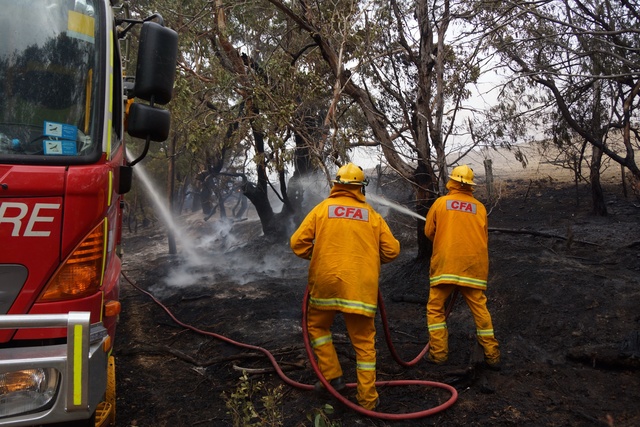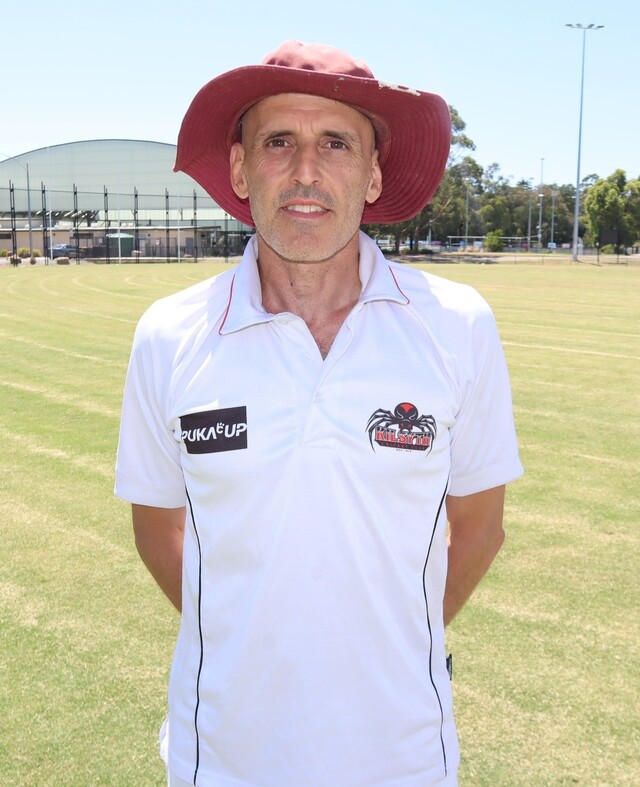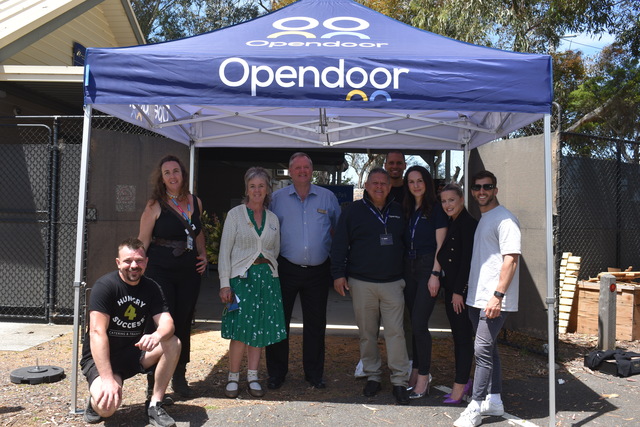A new report by Infrastructure Victoria has found that investment in community health organisations could play a pivotal role in saving government funds and relieving pressure on hospitals.
Chief executive Dr Jonathan Spear said community health organisations are there for vulnerable Victorians, keeping them well and out of hospital for longer.
“For people who cannot otherwise access affordable healthcare, community health organisations provide a single entry-point into the broader healthcare and social support system,” he said.
“By 2036, organisations in growth areas will have to cater for more than double the number of people living there now, wait times are likely to increase even further without investment in the infrastructure needed to support additional community health services,”
“We recommend the Victorian Government increase annual funding from $5.2 million to between $30 million and $60 million – just 1.5 per cent to 3 per cent of the $2 billion the government spends on average each year on health infrastructure.”
Infrastructure Victoria also advised that funding could be sought from the Australian Government, due to the provision of Commonwealth-funded programs like primary care, NDIS, home care and aged care services which are often offered at community health organisations.
A Victorian Government spokesperson said community health organisations have an important role in the healthcare system by delivering a range of state and federally funded health services – which is why they invested $188 million in community health in the last year alone.
“Grant programs like our Regional Health Infrastructure Fund and the Metropolitan Health Infrastructure Fund are also supporting community health services across the state to provide the very best care with funding to upgrade facilities and medical equipment,” they said.
“We will carefully review the recommendations in this report and continue to work with community health services to understand how best to support them and their vital work.”
The Star Mail reached out to the providers of community health services in the Outer East for their thoughts on the report and what needs to be addressed most at their facilities.
Chief executive officer of Access Health and Community, which merged with Inspiro Health on 1 May 2025, Anna Robinson said they would strongly welcome an increase in community health infrastructure funding.
“As a community health provider in the Yarra Ranges and Inner East, we provide free or low-cost health care for the most vulnerable members of our community, and support people with complex needs to stay well and out of hospital,” she said.
“Our Lilydale facility at 17 Clarke Street has had some upgrades to parts of the building, however, more work is needed to allow us to deliver the services that the community needs,”
“Currently, we’re limited in what we can to deliver; further funding would reduce the need to deliver services off-site and would potentially allow us to expand our services onsite and beyond our existing locations at Lilydale and Belgrave.”
Access Health and Community are now responsible for community health services in the Yarra Ranges, Yarra, Manningham and Booroondara areas. Eastern Health’s Healesville facility is the other provider of community health services in the Yarra Ranges, while they also have a facility in Ringwood East.
EACH is responsible for two community health services in Maroondah (Ringwood East) and Knox (Ferntree Gully), and podiatrist at the Ringwood East facility Tracy Tibballs said she thinks it would make a huge difference to how they deliver services.
“Community health here in Victoria is a really integral part of the health system and as you can appreciate with the current cost of living increases, many people are finding it really hard to afford health care and community health receives state and federal funding so we can provide quality but subsidised services to these individuals where they probably can’t get that anywhere else,” she said.
“It would give us the opportunity to upgrade our services, we’d increase our space, so we would have more clinical spaces to provide more services, really we’re at capacity at the moment here at Ringwood,”
“I work in podiatry, and I know in the podiatry and physiotherapy space, we have six-month waiting lists and if we had an investment in our infrastructure, we could add another clinic room to be able to see more people.”
Monash Health, which is responsible for community health services in Cardinia, was also contacted for comment.
Ms Robinson said the research found that community health could help more people, but in many cases, our organisations have to operate out of old or not fit-for-purpose buildings that don’t meet our clients’ needs.
“It’s particularly difficult for Yarra Ranges residents to access services, compared to those in metropolitan areas, due to more limited infrastructure and services, and difficulties with travel from regional locations.” she said.
“An increased investment in community health infrastructure could mean more investment in the Yarra Ranges region, to help connect people to the services they need to stay healthy, our services in Lilydale and Belgrave are deeply embedded in the Yarra Ranges community, and we provide a wide range of high-quality, integrated services to meet a range of needs,”
“Access Health and Community and Inspiro’s community health services are a one-stop shop for everyone, with services ranging from allied health and dental care, to mental health and alcohol and other drug support, our teams work together to provide tailored care and support for each client.”
Infrastructure Victoria’s three recommendations were for the government to conduct an asset assessment of all community health facilities, consult community health organisations on long-term infrastructure planning (establishing priorities along the way) and invest in facilities in the next five years.
Ms Tibballs said being able to receive a service similar to what they would get in the outpatient setting is really important for people.
“With our current allied health services, our podiatry and physiotherapy services work closely with Eastern Health to provide additional services to reduce the demand on their outpatient services,” she said.
“Our physiotherapy team here provide treatment to customers who are on the waiting list for hip and knee replacements and the evidence has shown that regular physiotherapy can actually reduce the need for hip or knee replacements or it can improve their clinical outcomes as well,”
“In podiatry, with our clients who are seeing vascular and their high-risk foot clinics, we actually provide a service that we will see them in between their appointments, reducing their need to go into the hospital, and sometimes our regular care can reduce the need for an operation or an amputation.”
The Victorian Healthcare Association and Community Health First are among others to have come out in support of the report, but it is not only infrastructure posing a problem for community health.
Ms Robinson said while infrastructure funding is a critical enabler of community health, investment needs to be matched with an increase in operational funding to make sure that the services we deliver at the facilities are funded.
“While we welcome an increase in infrastructure funding, it is unacceptable that there has been no substantial increase to Community Health funding beyond indexation for over 20 years, despite population growth and increasing community needs,” she said.
“We need to see an increase in investment for infrastructure and services, to support vulnerable people from the Yarra Ranges to manage their care in the community and keep them out of hospital for longer.”







